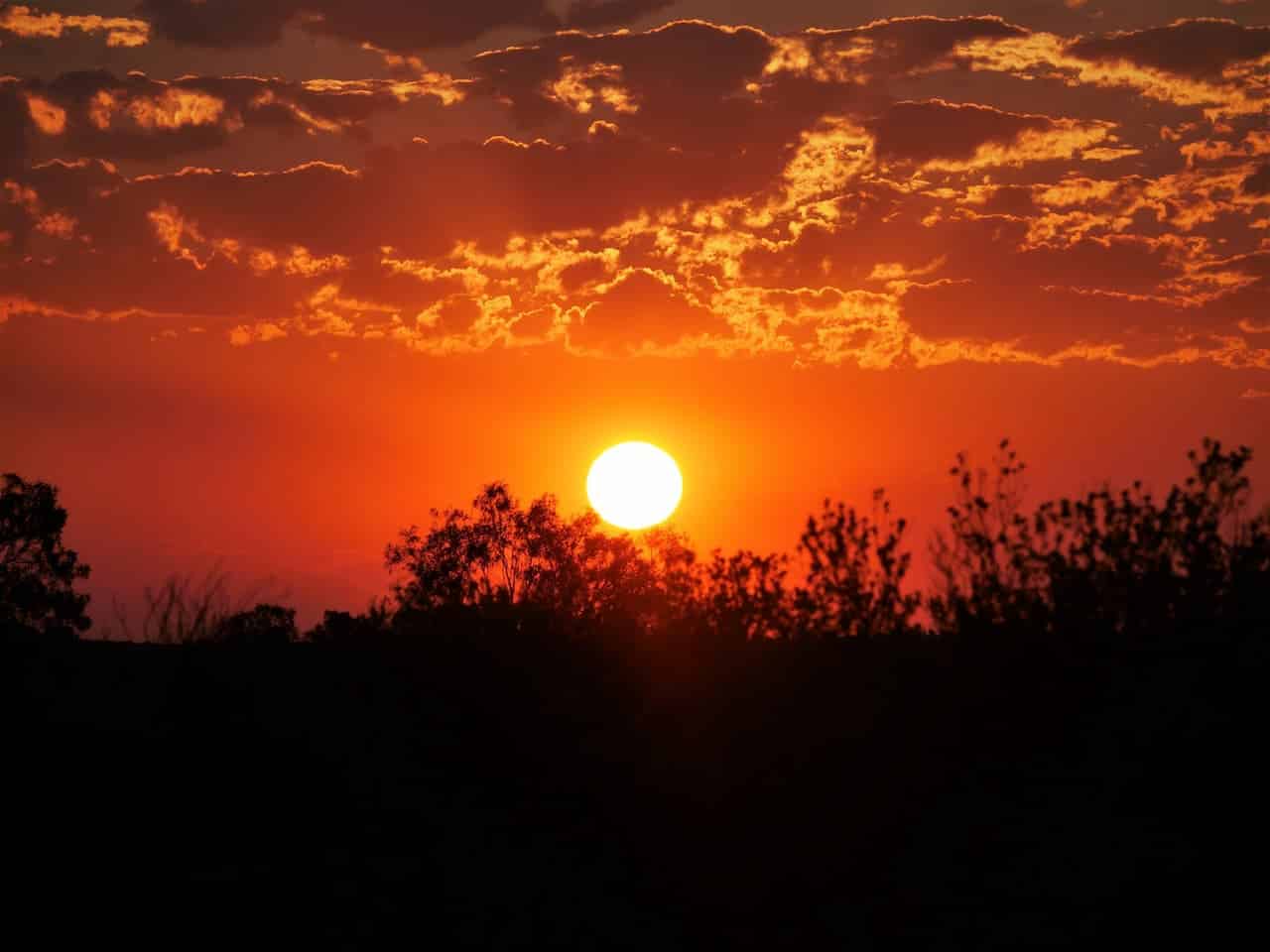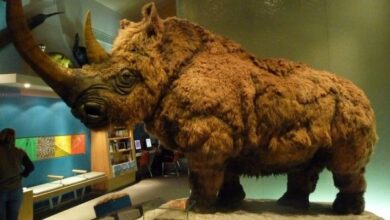The Pintupi 9
The term “Pintupi”, which is a collective name for a group Australian Aboriginal people who hunt and gather, originally hails from the Western Desert Region of Australia. The shared social identity of the Pintupi is not based on a common linguistic or cultural tradition, but rather their experience, settlement, and destination during successive waves eastward migrations from their traditional homelands into White settlements. Pintupi does not refer to a dialect or a closed, autonomous community.
The traditional territory for the Pintupi lies in the Gibson Desert in Australia’s west. The Ehrenberg and Walter James Ranges are located to the east and to the south of this territory, the plains west of Jupiter Wells, to the west and to the north, and the Lake Mackay. The majority of these areas is sand desert, with some gravelly plains and hills.
In some years, there is no rain at all. The climate is dry. Summer temperatures can reach 50deg C, and the nights are also warm. Winter days are milder, but the nights can be cold enough to cause frost.
The vegetation and water are scarce. On the gravel plains, there are a few desert oaks and spinifex trees. The faunal resources are also limited. Large game animals like kangaroos and wallabies, as well as smaller animals such a feral cats, rabbits and emus. The people depend on underground wells and soakages in the gravel pans and sand dunes, as well as rock and claypan caches on the hillside.
It is difficult to get a complete population count for the Western Desert. The sparsely populated Pintupi region was estimated to support one person per 520 square kilometers, but given the highly mobile, flexible, and circumstance-dependent nature of the designation “Pintupi,” it is difficult to come up with absolute numbers. The Pintupi people experienced a loss of population during the early years of settlement due to unaccustomed overcrowding, and violence between Pintupi, White settlers and Aboriginal groups.
Pintupi belongs to the Pama-Nyungan Language Family.
They insist that they were not lost but just separated from other Pintupi members and their family.
The Nine was made up of two sisters, their seven children, four brothers and three sister who all shared a father. How did they get so isolated?
In the 1950s, the British began testing Blue Streak Missiles over the Western Desert Region and the Australian Government decided to “round-up” desert nomads in order to move them into settlements. The Pintupi, except for this family who was ignored, were all taken away. They were suddenly alone, in the desert.
Yukultji recalls seeing aircraft as a child. “The plane would fly overhead and we’d hide in the trees. The plane’s wings would scare us. We kept running under the tree, thinking it was the devil. “When the plane passed, we would descend from the tree.”
Takariya, her older sister, recalls finding a crashed plane. “We tied the rope around our waists after finding some in it. We didn’t realize it was rope. “We would tie it around us so that we can hang our goannas off it,” she says.
The children recall their father describing a strange object that looked like a sheep. However, when they requested to go and see it, he declined.
Kiwirrkurra, the community where Pintupi reside, was built only in 1984 after the first borehole was dug. The community is located 700km away from Alice Springs, along a red sand road lined with Spinifex grasses and Mulga trees.
The settlement brought Pintupi back together with the family who had been alone for 20 years. The Pintupi Nine’s closest relatives had spoken of family members still “in bush” who had never been found – and they wondered what happened to them.





